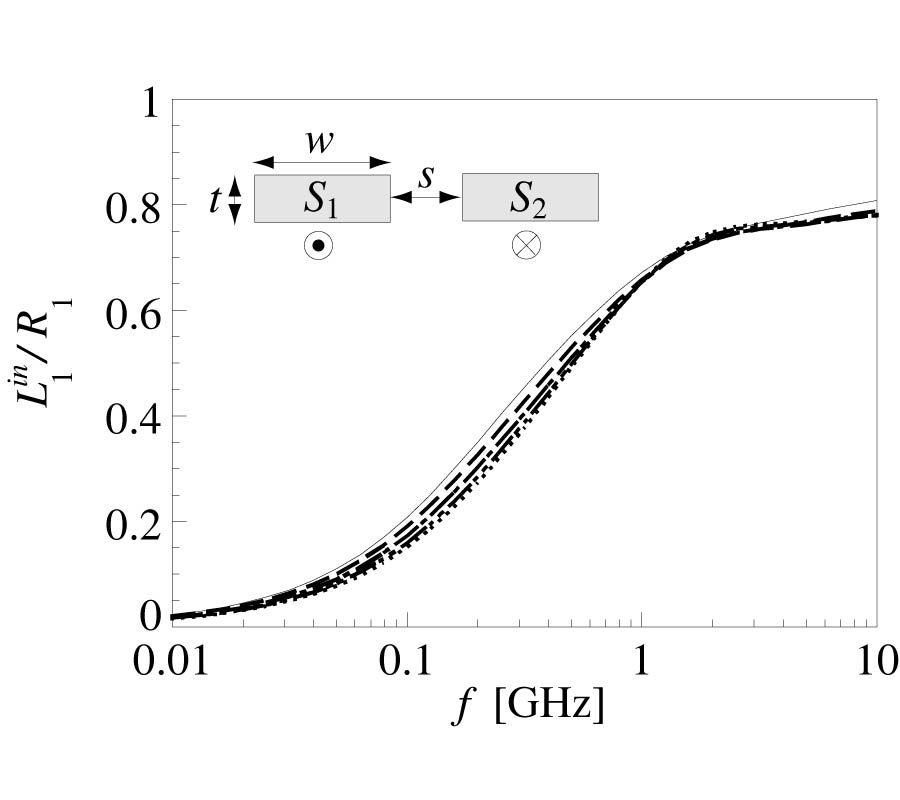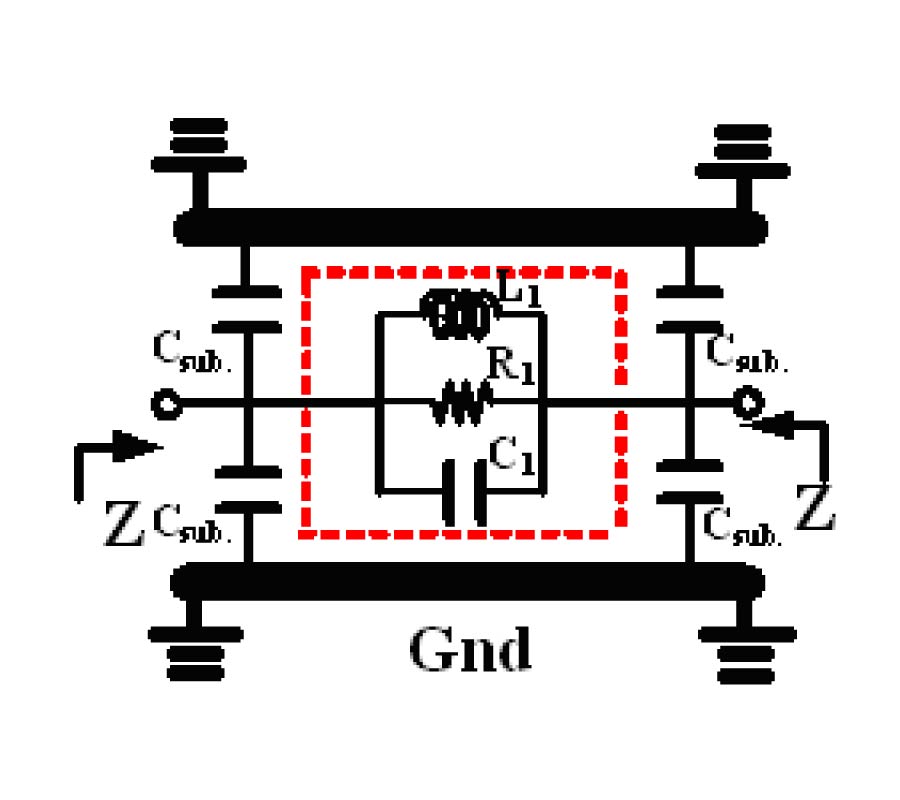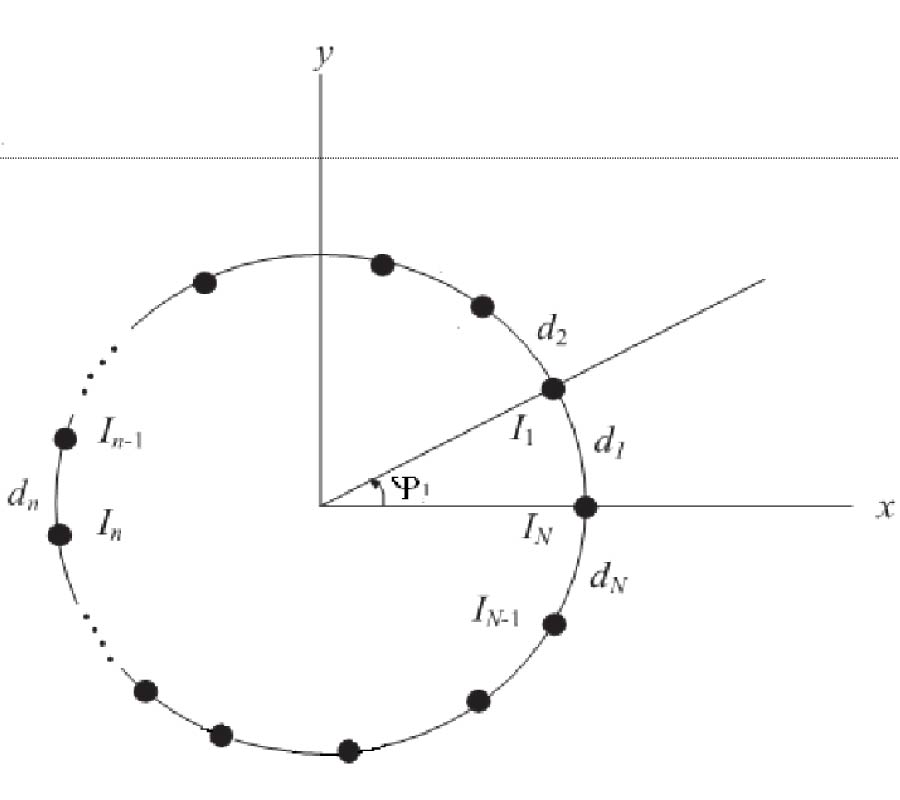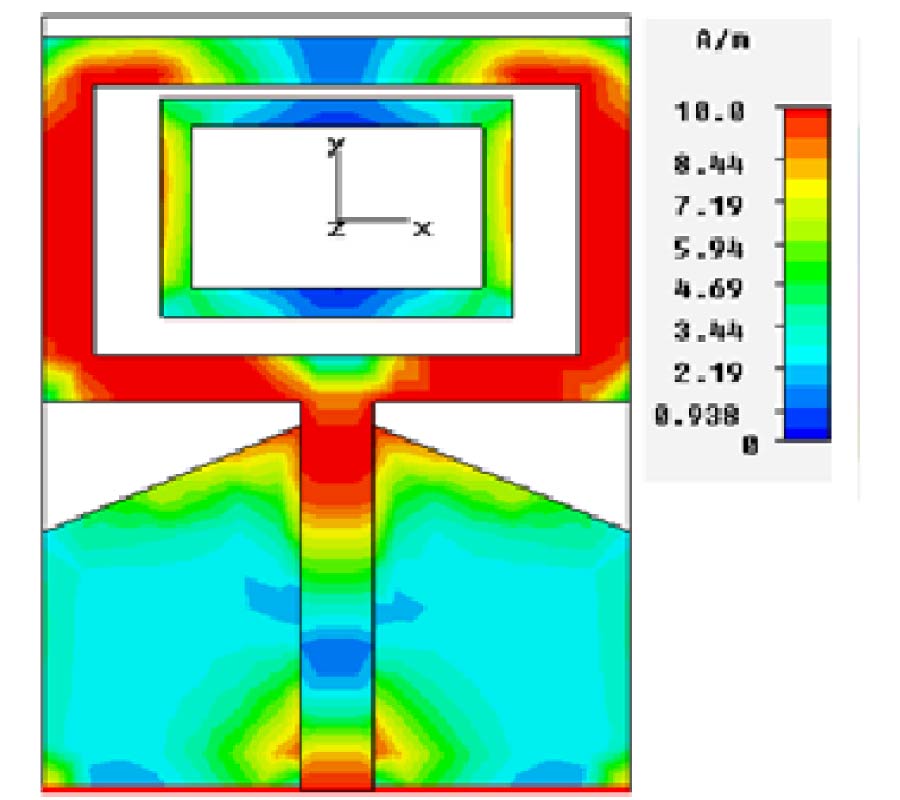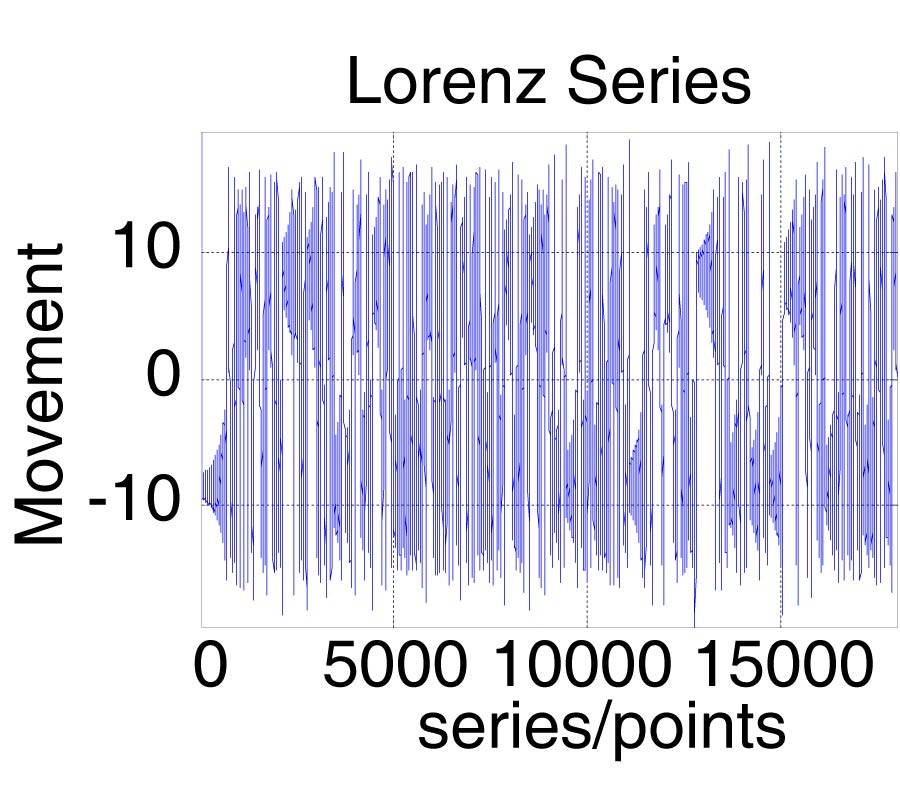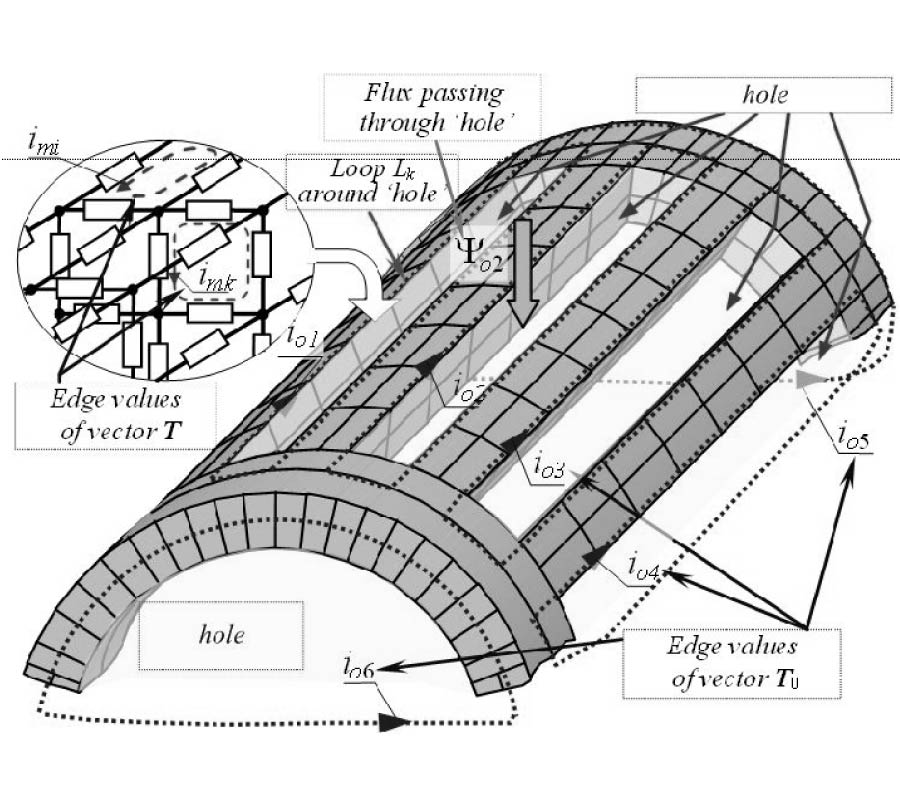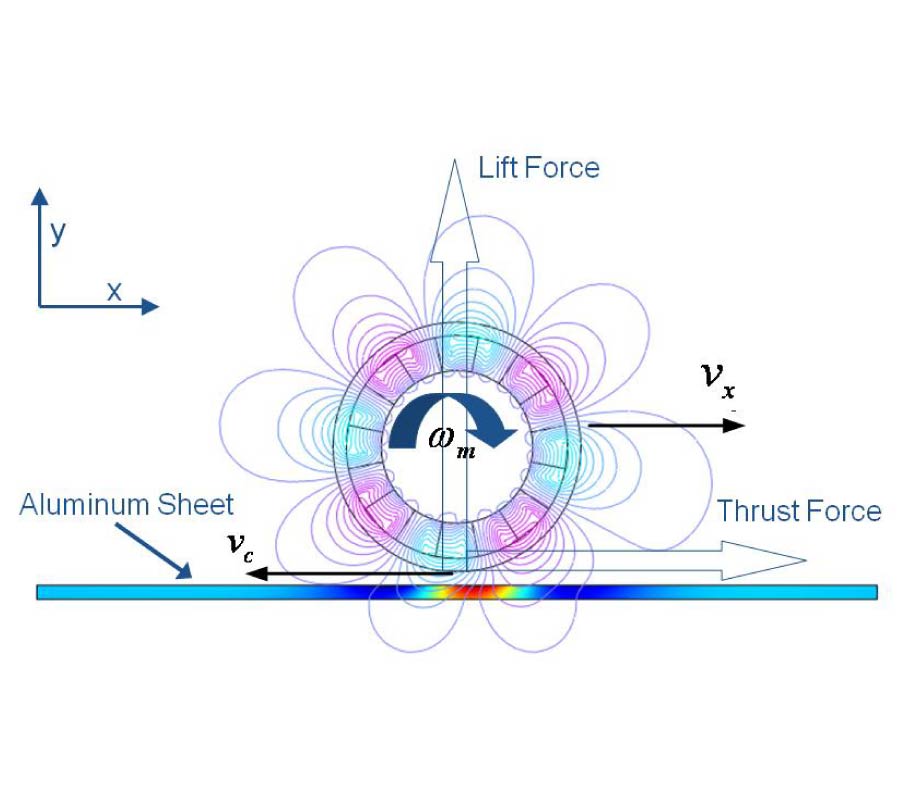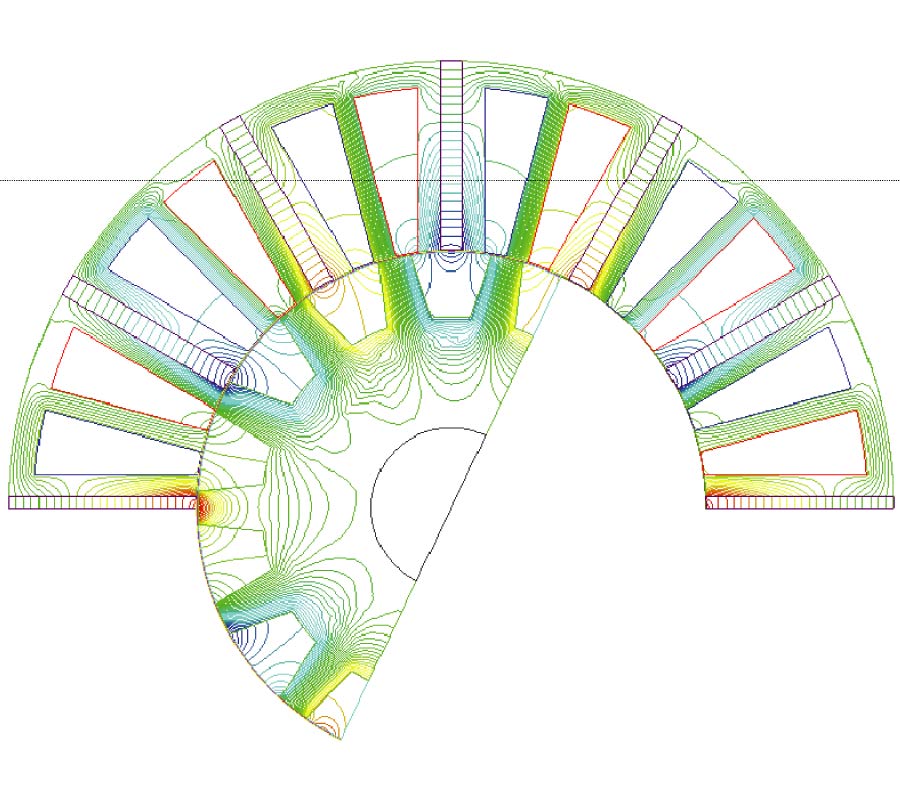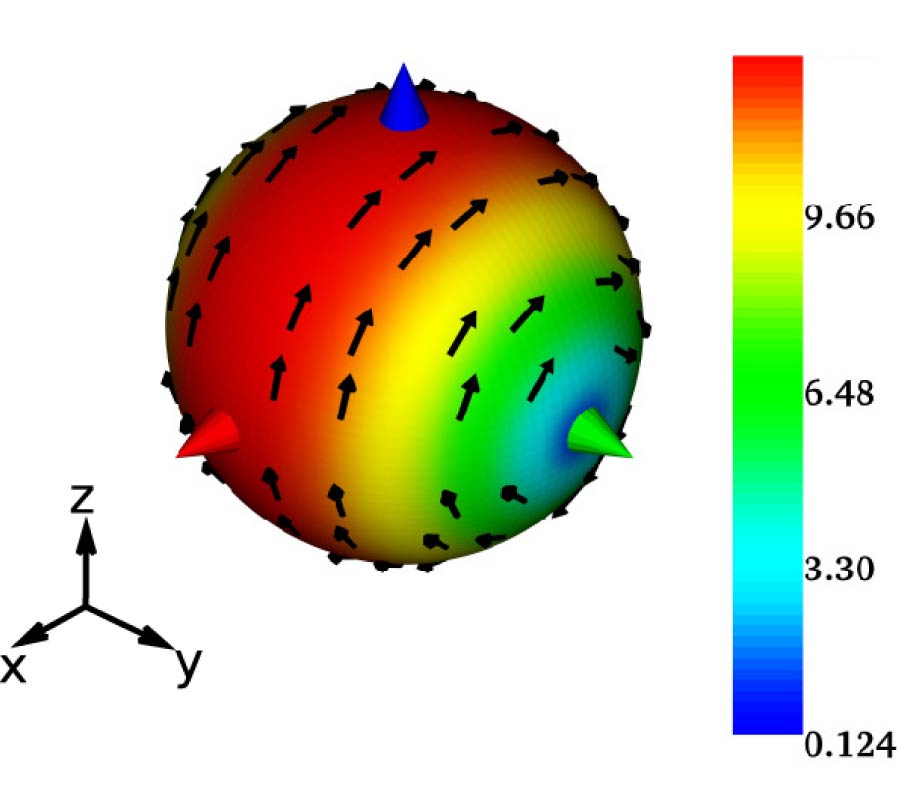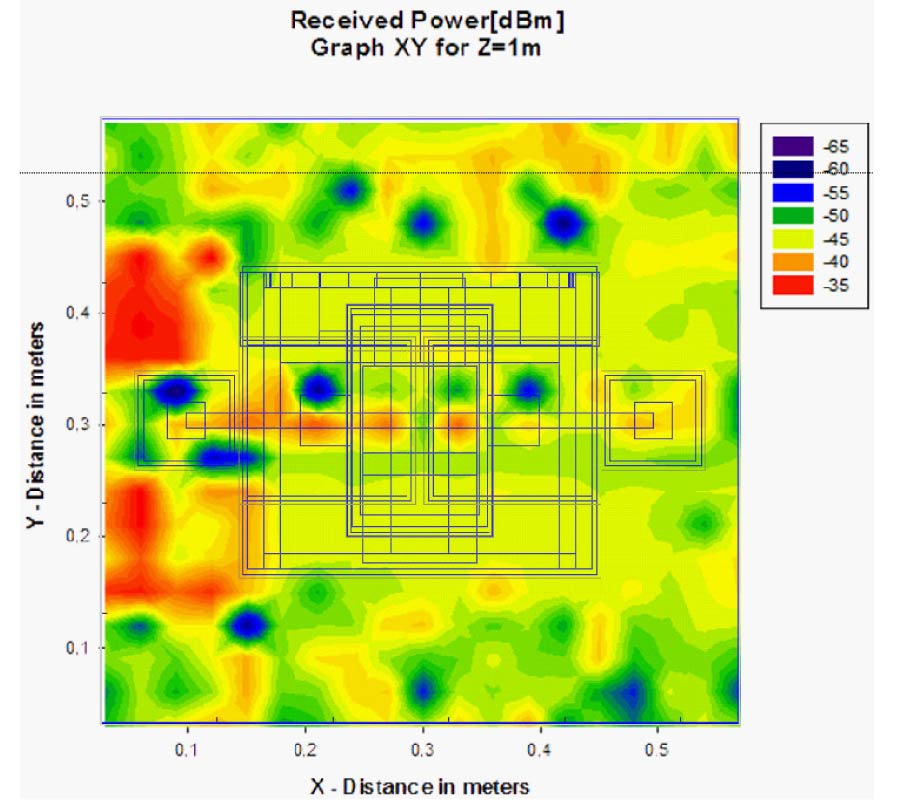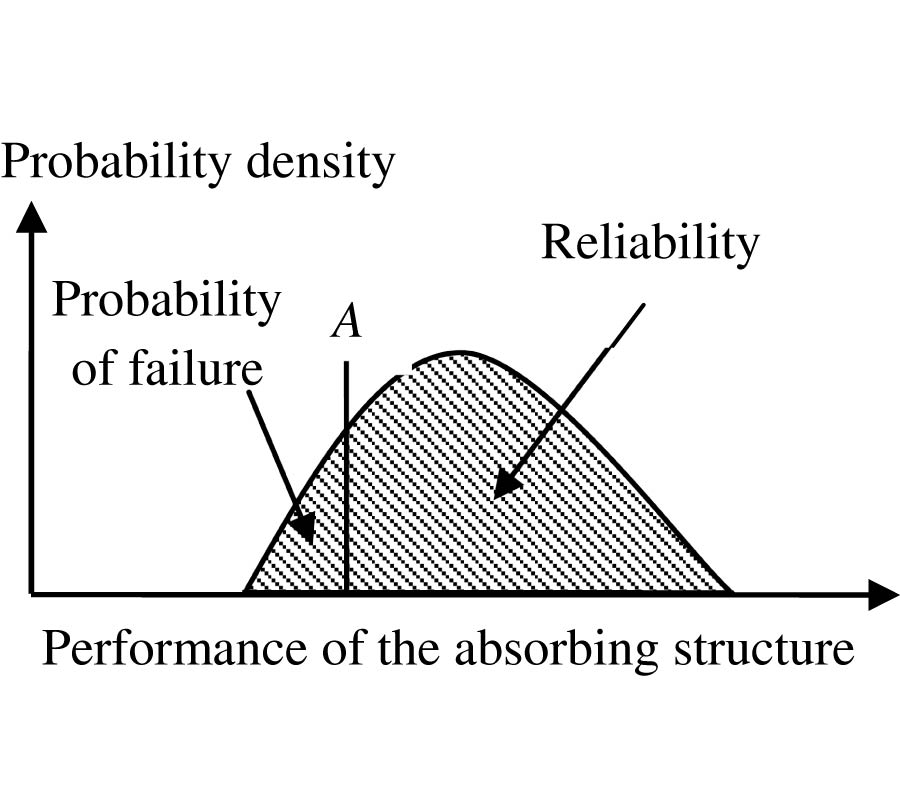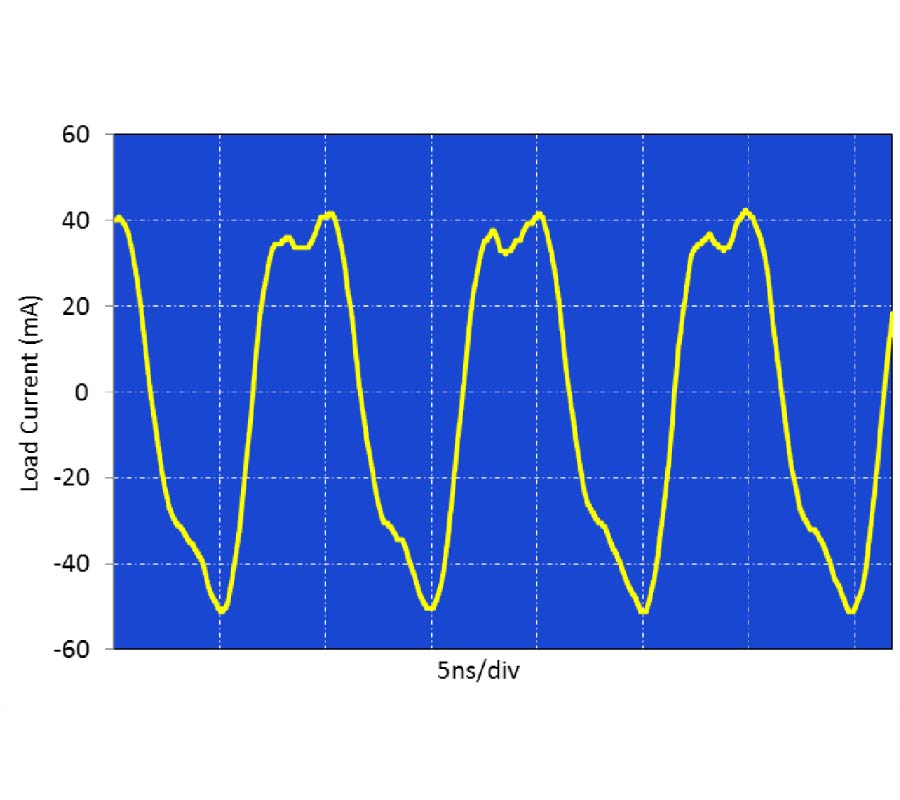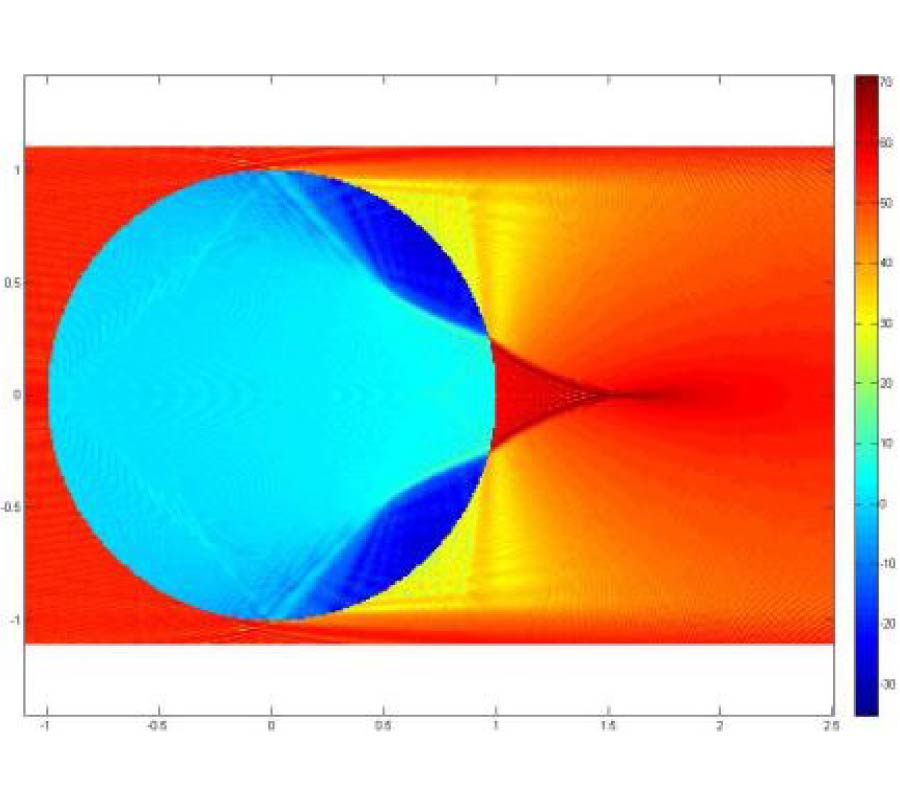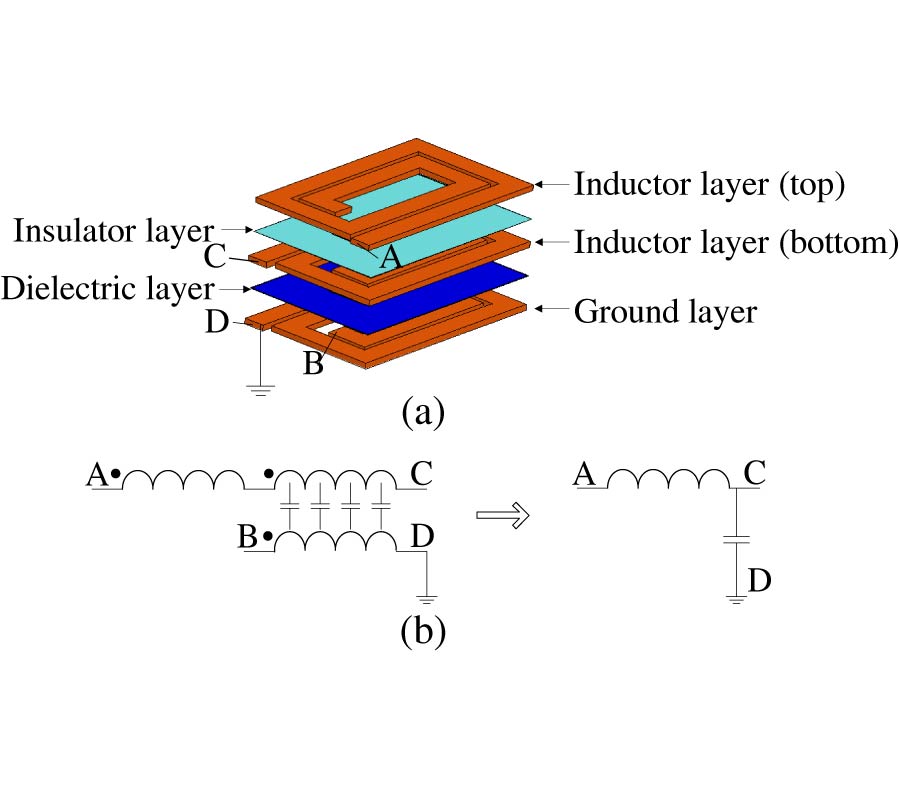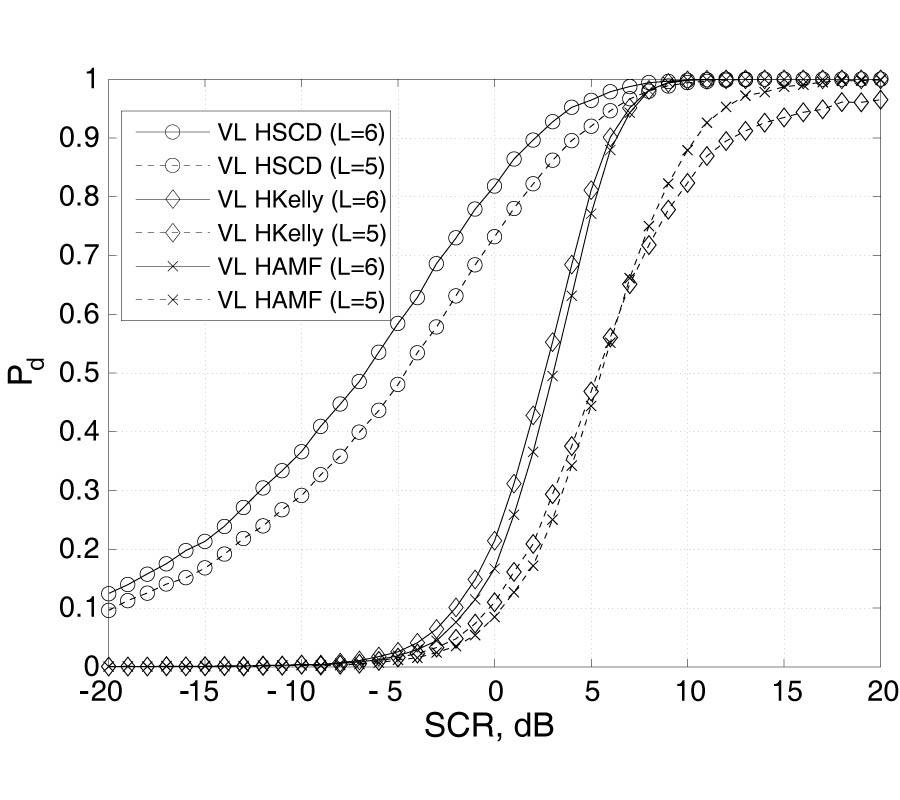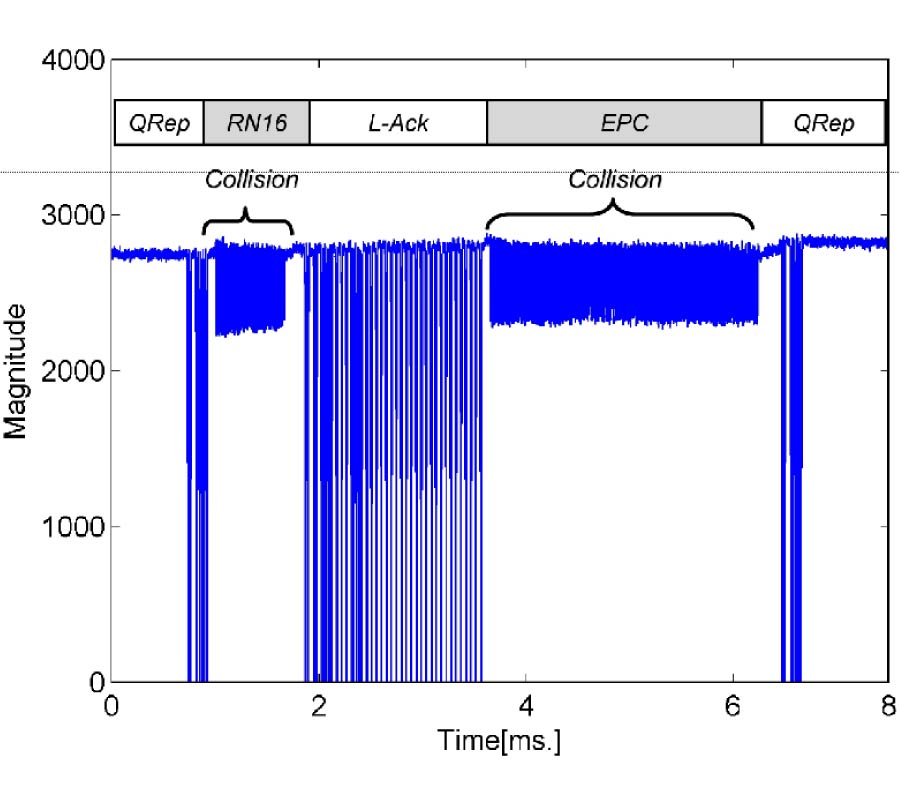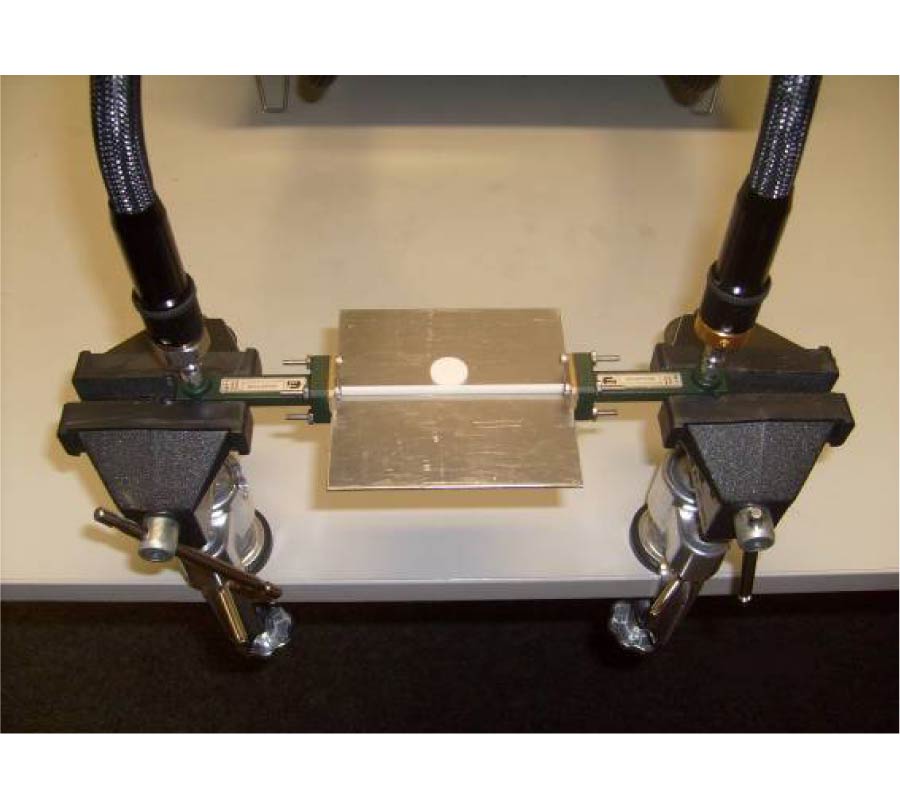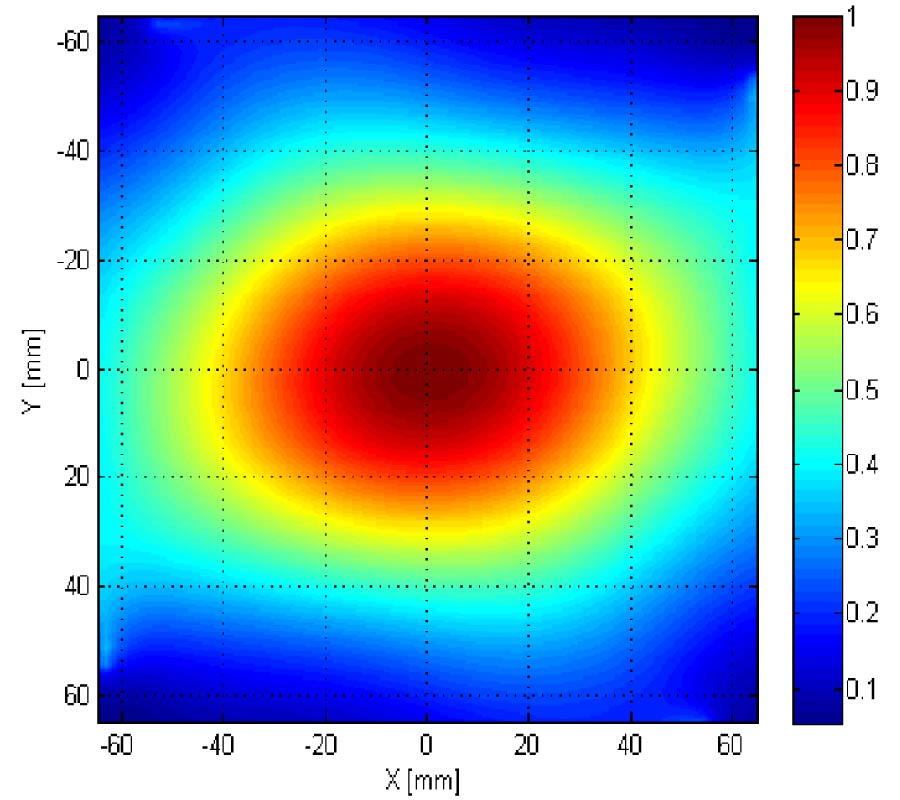Electromagnetic Analysis of a Modular Flux-Switching Permanent-Magnet Motor Using Finite-Element Method
Wenxiang Zhao,
Ming Cheng,
Jinghua Ji and
Ruiwu Cao
This paper proposes a new 3-phase flux-switching permanent-magnet (FSPM) motor, termed as modular FSPM (M-FSPM) motor, for high reliability applications. Due to PMs in the stator, the proposed motor offers high efficiency, simple and robust rotor structure, and good thermal dissipation conditions. The key is the new motor topology which incorporates the concept of fault-tolerant teeth to provide the desired decoupling among phases. By using finite element method, the proposed M-FSPM motor is analyzed as compared with the existing fault-tolerant FSPM (FT-FSPM) motor. The results show that the proposed M-FSPM motor not only retains the merits of high power density, strong mechanical integrity, good immunity from thermal problem and high torque capability, but also offers lower torque ripple, higher average torque and lower cost than the existing FT-FSPM motor. A proposed M-FSPM motor is designed and built for exemplification. Experimental results of the prototype are given to confirm the validity of the proposed motor.
